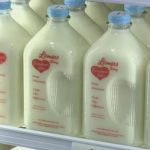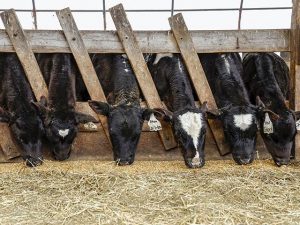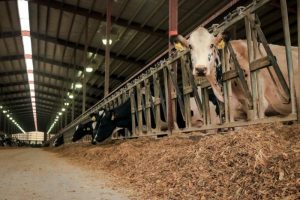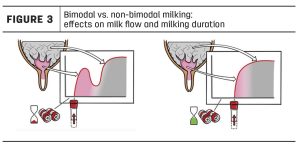But conditions are shifting, according to a bank’s quarterly dairy analysis.
“In response to improved margins thanks to cheaper feed prices, farmer sentiment is on the rise — or at least steady — in most global regions,”
Rabobank analysts said.
The Big 7 exporters are the U.S., European Union, New Zealand, Australia, Brazil, Argentina and Uruguay.
Global milk supply is expected to squeeze out a modest 0.14% year-over-year growth for 2024, and early forecasts suggest a 0.65% growth in 2025.
Lower demand in China is expected to lead to a 12% drop in net imports for 2024 with imports of skim milk powder likely bearing the brunt.
Global demand and supply are broadly in balance. With low inventories and several shifting narratives, markets could remain steady in the near term while exporting regions take time to boost production.
“However, it won’t take much to tip the market in either direction. As milk supply improves over the next 12 months — alongside the continued rebalancing of China’s market and the election of the next U.S. president — the global market ride won’t be for the fainthearted,” the analysts said.
Two-tiered market
Butter prices soared briefly to new levels in June, and price remain well supported. Conversely, skim milk powder has performed weakly. Whole milk powder prices have returned to comparatively neutral. Cheese prices have been the most stable in much of the world — except for the U.S., where prices have recently climbed.
Global dairy trade through May was largely positive, with cheese, whey-derived products and whole milk powder up 8%, 7% and 6%, respectively. Butterfat exports, however, were down 6% due to limited supply and lofty prices.
Exports of skim milk powder to the two largest markets, China and Mexico, were down 34% and 18%, respectively.
Increased exports to Algeria and Southeast Asia, however, cut the deficit in half, leaving exports trailing the prior year by 5%.
Improved margins
Milk supply in export regions will likely improve by year’s end in response to higher margins and better weather.
While Australia’s milk prices are an exception, U.S., Dutch and Irish prices are up 10% or more since the start of the year. Margins are in better shape as well.
“Helpfully, production costs globally have started to trek backward. The outlook for soy and corn feed remains affordable for the coming year, and healthy crops support yield,” the analysts said.
As for weather, drought-induced double-digit declines in milk production in South America in the first half of 2024 look set to improve in the second half.
Australian milk production will likely continue to recover, though feed prices are more volatile with parts of Victoria already experiencing winter dryness.
“New Zealand’s tale of two islands looks set to continue — with the storyline flipped due to improved North Island conditions this season,” the analysts said.
“We anticipate milk production momentum will continue in 2025, with the U.S. leading the charge to be the first region with a full year of milk production growth — at just under 1% YOY — since 2021. Scarce dairy replacement heifers could limit this view,” they said.


























